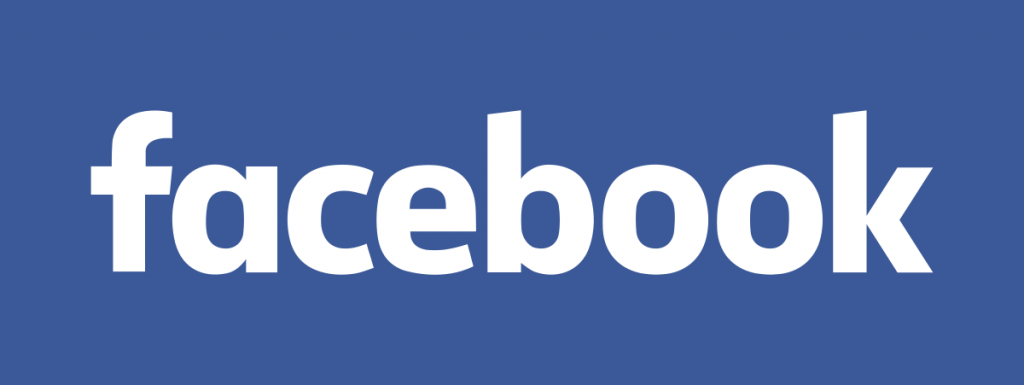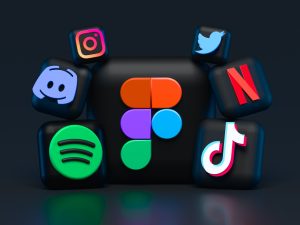Facebook regularly evaluates its algorithms for how business pages get into users’ news feeds organically. In the end, Facebook seeks to provide a great experience for its users so they keep coming back, which means keeping the news feed relevant.
Each time Facebook announces a change, marketers tend to get upset, but really, it’s a great chance to reevaluate your social strategy and the quality of information you’re producing. Recently, Facebook announced its Explore Feed and is testing putting all page content under this feed in four countries.
While it gave many companies pause, it’s important to remember this is currently in beta mode. Facebook page managers should instead take this opportunity to rewrite their overall social media marketing strategy.
Content is King
It’s probably nothing new for you to hear this, but Facebook’s decision to feature you or not in a user’s news feed comes down to the quality of the content you post and its relevance to your audience. The number of likes, shares and comments tells Facebook’s complicated algorithm how relevant your content is.
Additionally, Facebook considers how often that user has interacted with your page in the past. If you’ve earned many likes, comments and shares, you’re more likely to make it into that user’s organic feed because Facebook knows that the user appreciates and enjoys your content.

Post at the Right Time
Every page’s audience is different so I can’t give you a template for when to post, but there’s a pretty easy way to find out. Post varying types of content at different times of the day throughout a month. Aim to post 10 each of photos, links and videos to have information to analyze for each post type.
Now, you can go into your insights and see when you got the most interaction and on what types of posts. You’ll also be able to see when your audience is on Facebook under your insights tab. You can try tactics that might seem counter-intuitive at first, like posting when the fewest amount of your followers are online. By doing this, you aren’t in competition with as many posts from other pages as Facebook’s algorithm picks how much page information to let through. On the other hand, it might not work for you because Facebook’s algorithm also favors newer content so if you post too far ahead of your peak times for your audience to be on Facebook, your content can become stale before it has a chance to reach your audience.
As you test and analyze, keep in mind, that there may be a different time of day that works for each day of the week. For example, you might find that late afternoons are most effective for Monday through Thursday, but Fridays are best in the evening and mornings are best on Saturday and Sunday. Don’t look at just one day and assume that all days of the week are equal.

Post types
Facebook provides you insights into what types of posts do best on your page. Some pages might find videos earn the most reach, while others might find photos resonate with their audience. Facebook will even tell you what your best performing post type is.
Ask Questions
When you post something to a business page, Facebook shows that content to a select number of your followers to see how they react. The more interactions from that test group, the more of your audience your post will reach. One way to do this is to encourage interaction by asking questions from time to time. Your audience will also feel as though its voice is heard if you encourage them to share their thoughts. And remember, the more times your audience interacts with your post, the more likely they are to keep seeing you in their news feed.
Be sure your questions are relevant, and don’t ask questions too often. If your page, for example, is about how to improve your Facebook organic reach, you might ask a question like “What strategies have you found increase organic reach?” Questions without definitive answers, such as, “What’s the best strategy for increasing organic reach?” would not encourage your followers to interact as much as asking for their specific experience.
Boost your Posts
Yes, Boosting your posts costs money, so you may be wondering why I’ve listed this here. Boosting your well-performing posts expands your audience to earn more likes, comments and shares. This means, more of your organic following, will see the post if you’ve reached others through boosting and they’ve interacted with you. You can boost with as little at $10 and see good results.
Boosting increases your overall interactions for your page, meaning your next post also might earn more organic reach thanks to your investment in interactions on your boosted post. Facebook algorithms also seem to favor pages that advertise, meaning spending a few dollars on boosting posts every once in awhile can be beneficial on multiple fronts.
Is it worth the effort? Only you can decide whether organic reach, while more limited than it used to be, is worth the time and effort. What you have to remember is, Facebook is about more than just sales. It provides a platform for consumers to voice their concerns and build a relationship with your company. So while it may seem like the return on investment is low, remember, it takes five times as much to earn a new customer as it does to retain a current one, so those relationships are exceedingly valuable.
About The Author
Justin Baynton is a digital marketing thought leader and industry innovator. Justin has successfully led digital strategy and implementation for many large enterprise organizations. Justin is a board member for AXO Digital and is writing this on their behalf. AXO Digital is an internet marketing company with deep experience in all digital marketing services.





